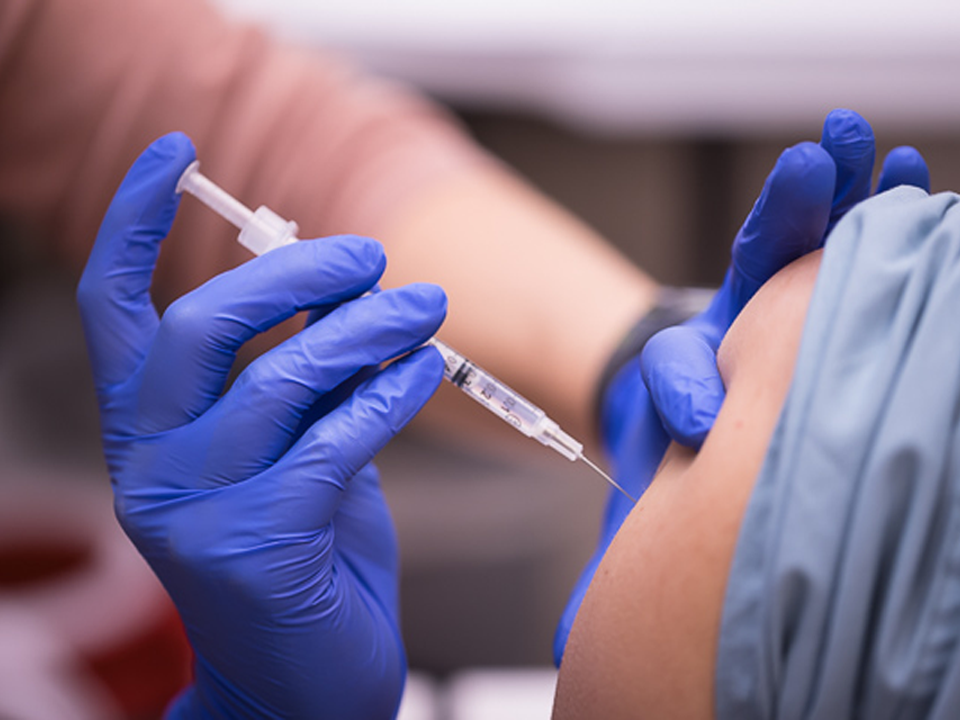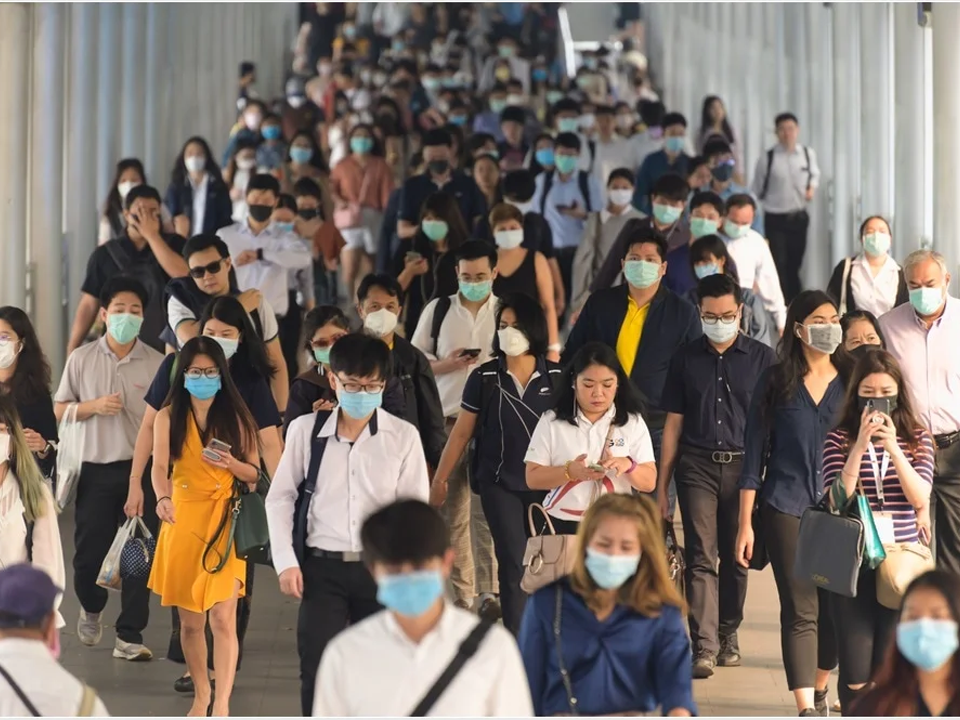Some hazards, such as floods and home fires, can happen anywhere. Others, including earthquakes and hurricanes, are more common in certain areas. Learn about your local risks.
In a disaster, it is important to stay connected and informed
- Sign up for free emergency alerts from your local government.
- Have a backup battery or a way to charge your cell phone.
- Have a battery-powered radio.
- Plan to monitor weather conditions near you.
Prepare so that you have critical skills:
- Learn first aid and CPR.
- Be ready to live without power, gas, and water.
- Plan for your electrical needs, including cell phones and medical equipment.
- Talk to your doctor.
- Plan for backup power.
Gather food, water, and medicine. Organize supplies into a Go-Kit and a Stay-at-Home Kit.
- Go-Kit: at least three days of supplies that you can carry with you. Include backup batteries and chargers for your devices (cell phone, CPAP, wheelchair, etc.)
- Stay-at-Home Kit: at least two weeks of supplies. Stores and pharmacies might be closed. Have a 1-month supply of medication in a child-proof container and medical supplies or equipment. Keep personal, financial, and medical records safe and easy to access (hard copies or securely backed up). Consider keeping a list of your medications and dosages on a small card to carry with you.
- Customize your kits to meet your household’s needs and the season. Basic supplies include




